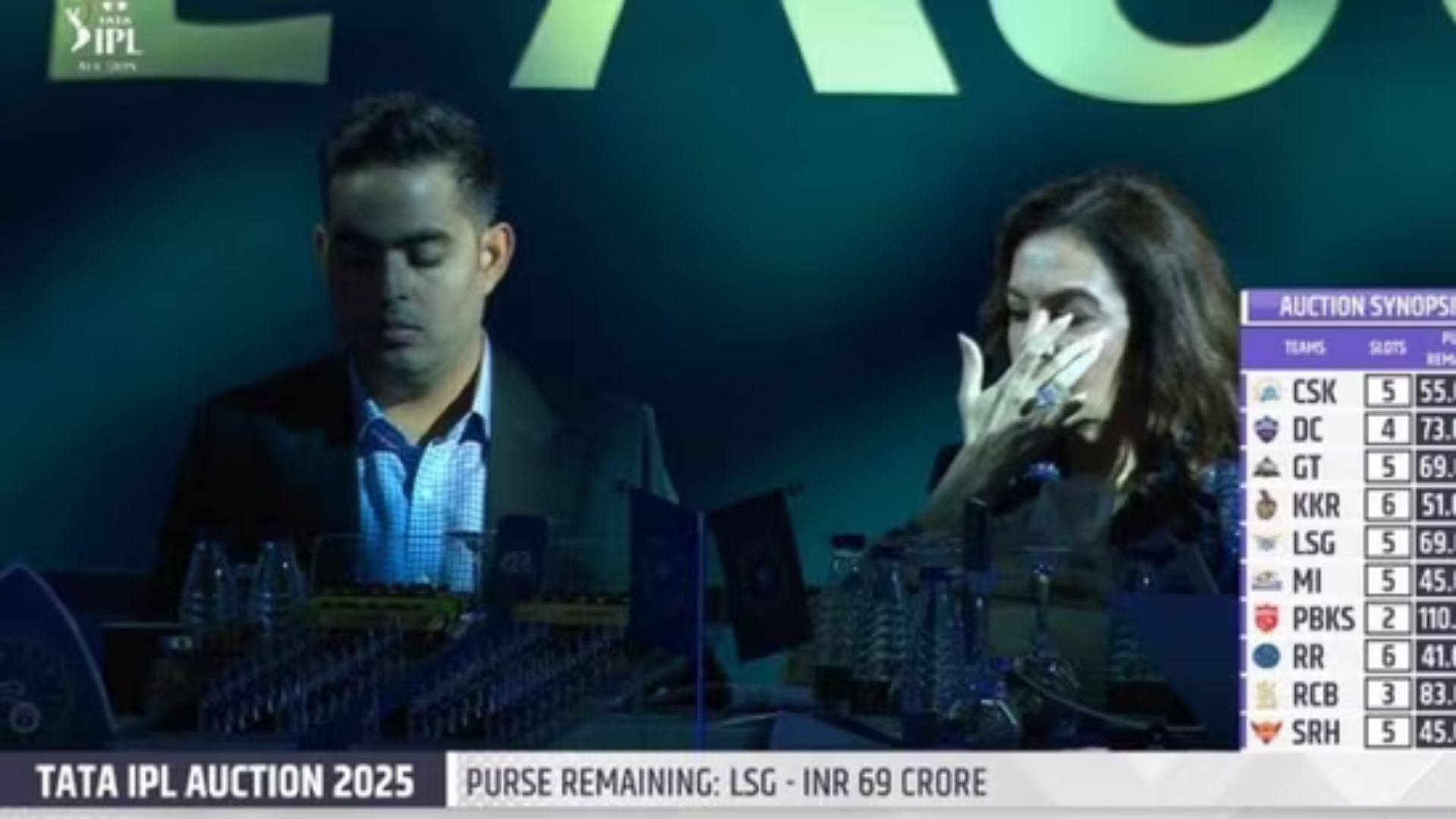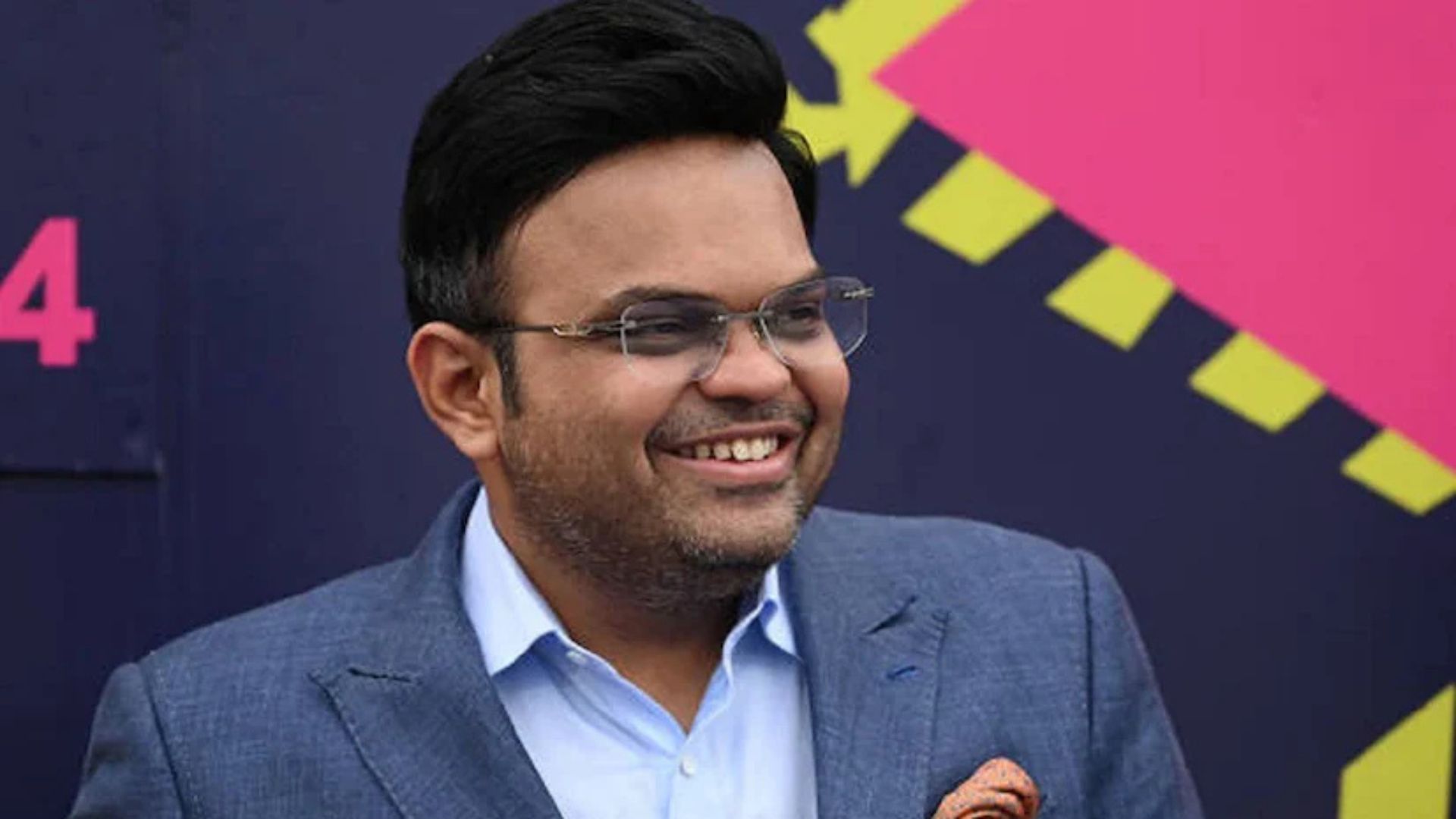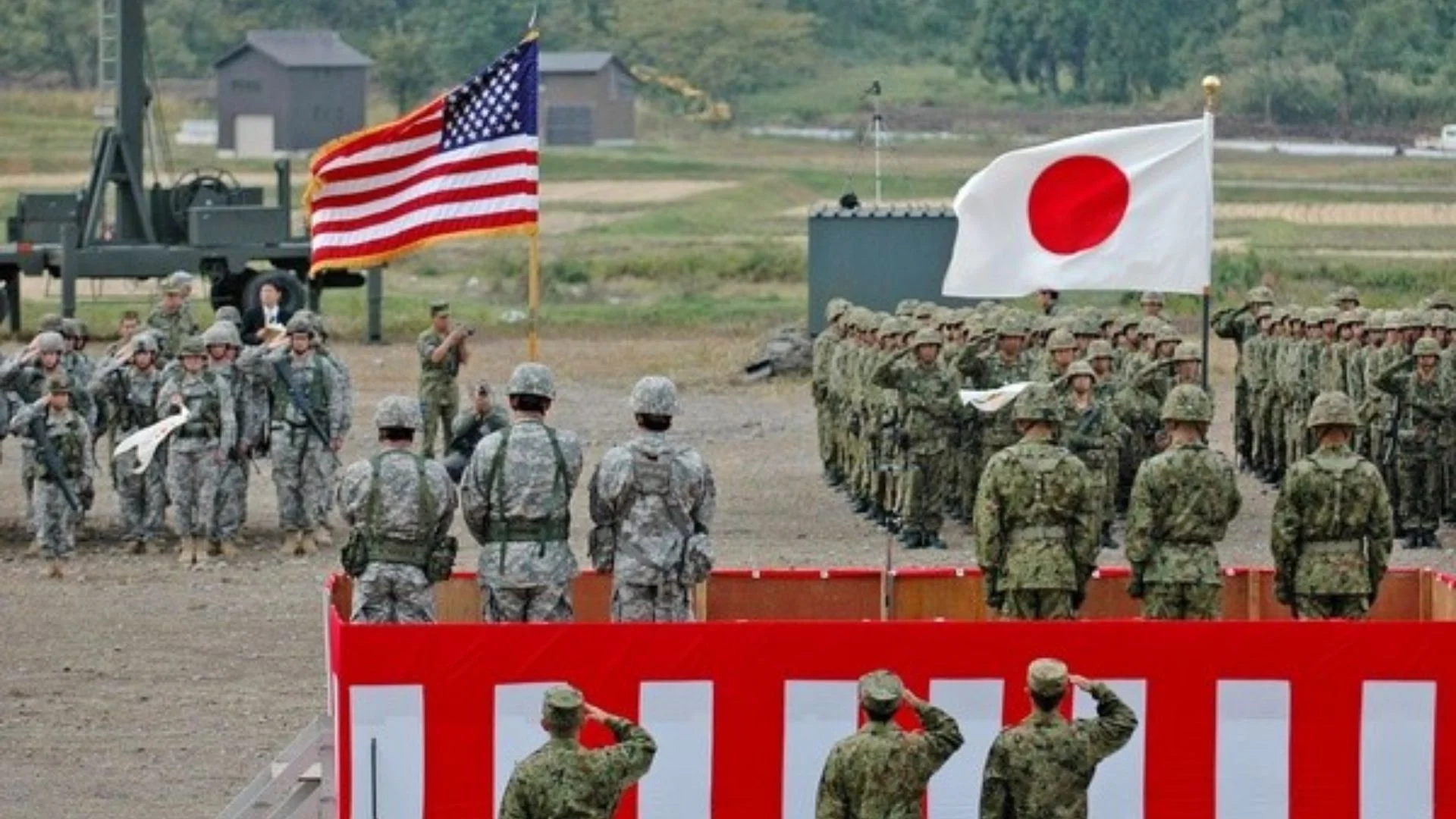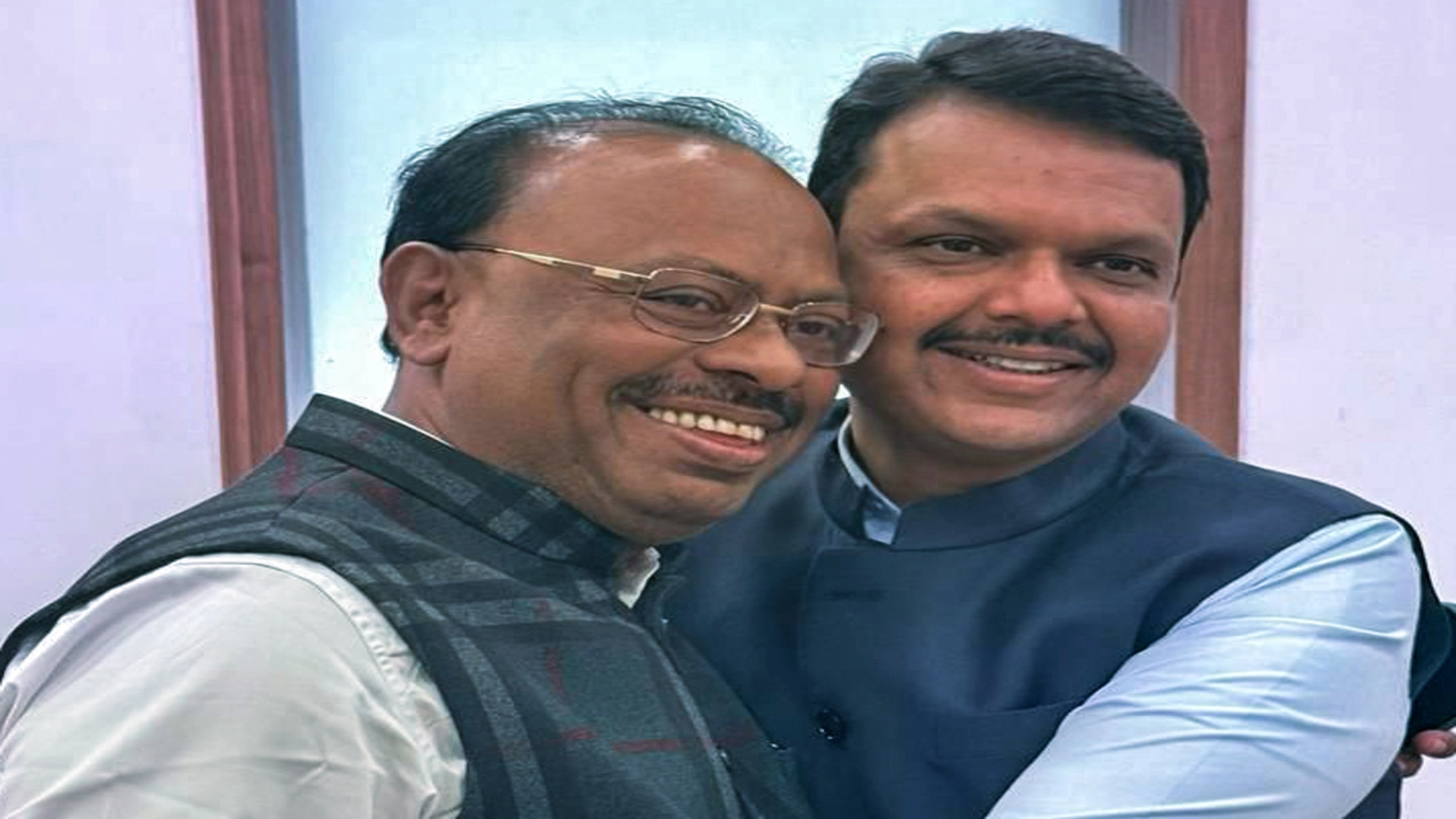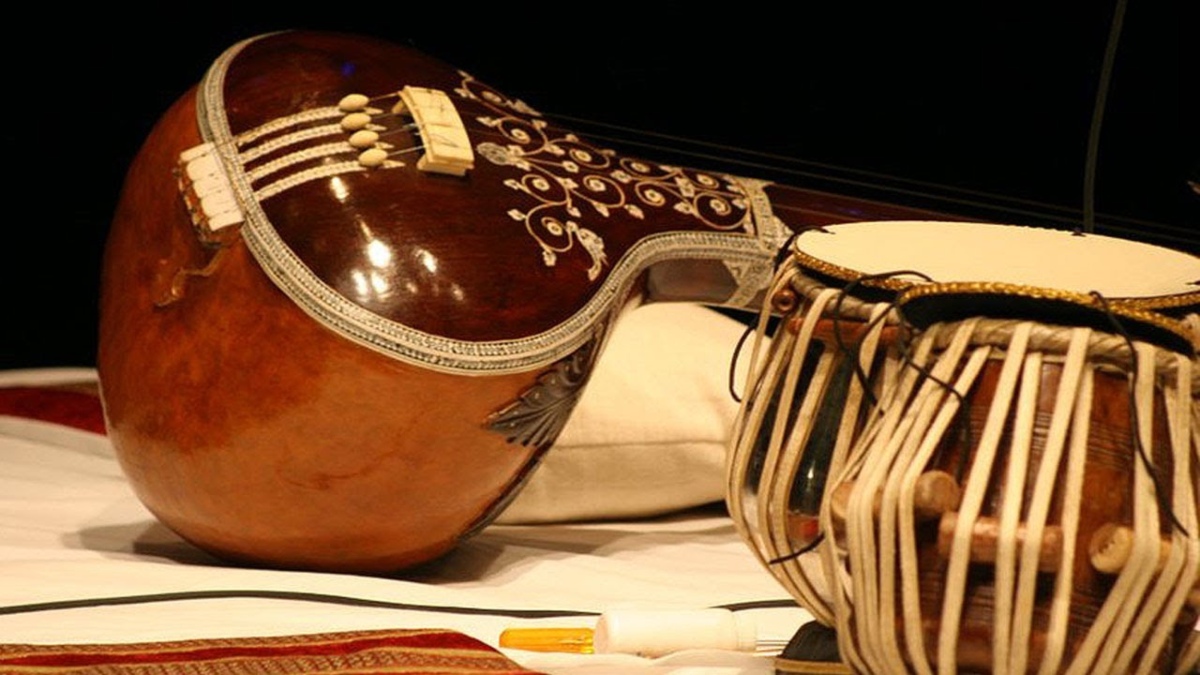
The other day, I reached out to an old classmate of mine who works in the Virtual Reality (VR) space. I was thinking of gifting a VR device to a friend who is struggling with agoraphobia, the fear of being in the open, and wanted my classmate’s views on this. Having myself suffered from spells of this, and as someone who knows how anxiety can play out during Covid times, I figured that a gift of this sort would help my friend along the way to recovery. By simulating an anxiety-provoking setting in a safe home environment through virtual reality, she could slowly and steadily get accustomed to being out in the open without actually having to be out.
While in conversation, I came across an interesting word – ‘Immersiveness’. Evidently, a commonly used word in VR parlance, it indicates how real and immersed a person is in a created setting. The analogy with music was inescapable.
When a person is singing or hearing a piece that is deeply moving, he or she is immersed in the complete experience of it. Some people describe how they are reminded of smells, tastes, and sights associated with that piece of music, especially when it triggers a nostalgic feeling. A participant in one of my ‘Music for Wellness’ workshops described how a particular old Bollywood song reminded her of the smell of morning coffee, the rustle of her father’s newspaper, and vessel sounds of cooking from the kitchen.
Immersiveness is an important attribute of music. The more immersive a piece of music is, the more powerful its ability to touch you or even heal you.
In Indian Classical Music, a Raaga’s immersiveness comes from its ability to entrain with one’s moods. Just as human emotion can never be a solid colour of red, blue or white and is usually various shades in between, Raagas have a heady mix of flat and sharp notes or Swars, that create innumerable intricate shades of what I call ‘sound moods’. When exposed to Raagas, one finds the beautiful solace that comes from being in the presence of someone who truly understands. This is because Raagas allow you to immerse yourself completely in these sound moods’, allowing your own matching moods to come forth, fully disarmed, and vulnerable. In this ability, to feel disarmed and vulnerable lies classical music’s ability to soothe and heal the spirit.
Raagas have organic roots. It is said that when Tansen, the court musician in Akbar’s palace, created Raag Miyan ki Malhar, the famed monsoon raag, it happened in the milieu of the approaching monsoons. He derived the ‘double Nishaad’ oscillation from the sound of a bird that was welcoming the rains. It’s no surprise then that singing Malhar brings alive, in mind and spirit, the monsoon and everything it signifies. Raagas like Sarang, Basant, and Hemant also bring the essence of different seasons and the moods those seasons create in our hearts. No wonder that engaging in these Raagas has the ability to allow us to immerse ourselves in the spirit of that season or that time of day.
Immersion is also significant in spiritual practice, representing the ability to be fully present and aware of one’s body, mind, emotions, thoughts, and the environment. Spiritual leaders stress that being able to be fully immersed in the present, with no filters of memory from past or worry about the future, is an important goal. Immersion in the present allows for peaceful and blissful states to be achieved with ease. Can music then be used a means to immerse oneself in the present?
I finally decided to wait before I bought that VR device for my friend, and I knew the reason. Why not help her try the immersiveness of music first? You never know, with Raag Malhar playing in her ears, a walk in the rain outside might no longer be so daunting.
The writer is a vocalist of both Hindustani and Carnatic Classical music, with over three decades’ experience. She is also the founder of Music Vruksh, a venture to make classical accessible for its aesthetic and wellness benefits.

